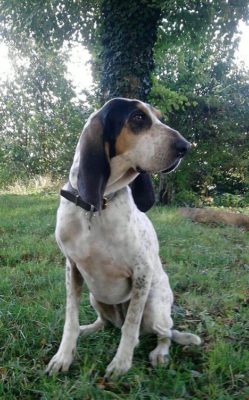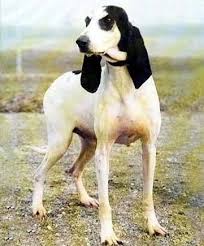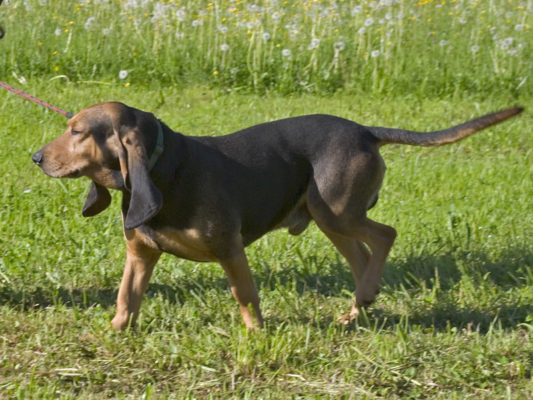Petit Gascon Saintongeois
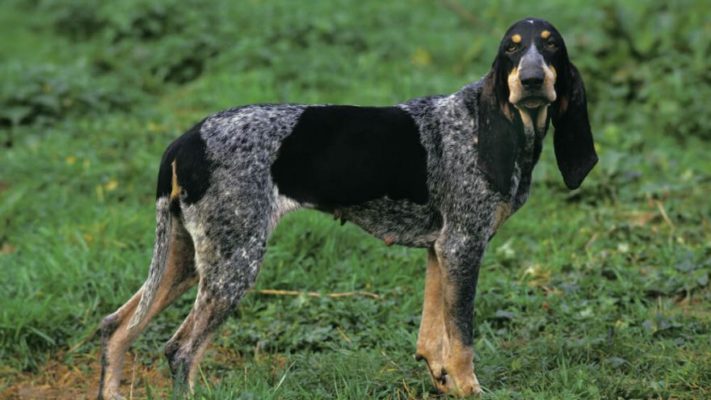
Representatives of this breed get along well with cats and other pets. The main thing is to socialize the animal in time. Petit Gascon Saintongeois is an active dog; life in an apartment is not for it. Long walks and housing in a private home are ideal. Sturgeon Hound gets along with children. Representatives of this breed quickly become attached to the owner and difficult to bear the separation.
Table of Contents
Breed Information
| Another Name | Virelade Hound |
| Origin | France |
| Height | Males 52-58 cm Females 50-56 cm |
| Weight | 20-25 kg |
| Fur | Short |
| Color | Black and white, possible spots of fiery color |
| Lifespan | 12-14 years |
| FCI Classification | Scent hounds and related breeds |
| Group | Hunting dogs, dogs for children |
| Price | $800-1200 |
Breed Photos
Origin History
The Gascon Saintongeois hound originated in the 16th century. The breed originated from St. Hubert’s dogs and local hunting representatives. The four-legged hounds quickly gained popularity. Henry IV used Gascon Saintonge hounds for hunting big and small games.
In 1925, the Amateur Club of this breed was founded. Dogs are popular today because of their excellent sense of smell and ability to chase a target for a long time. In 1920 the breed’s first standard was described, and UKC members became official members in 1991.
Appearance
The Petit Gascon Saintongeois is compact but has a muscular build. The dog’s eyes are brown and show kindness and obedience to its owner. Representatives of the breed with a short coat. The color is black and white, with large spots on the sides. The hair of the dog is short and dense.
The muzzle of the Petit Gascon Saintongeois is slightly elongated, the teeth with a scissor bite. The dog has strong muscles. The eyelids are slightly drooping, which makes the four-legged dog have a “sad” look. The ears are thin, hanging, tapering to the end. The tail of the dog is slender, set high. Petit Gascon Saintongeois have strong paws. Fire points are acceptable in the coloration. The nose bridge is preferably black.
Character
Representatives of this breed get along well with cats and other pets. The main thing is to socialize the animal in time. Petit Gascon Saintongeois is an active dog; life in an apartment is not for it. Long walks and housing in a private home are ideal. Sturgeon Hound gets along with children.
Representatives of this breed quickly become attached to the owner and difficult to bear the separation. The dog is stubborn and may try to dominate. Often four-legged dogs make their own decisions.
Training is treated as a game. With the right approach, the dog can easily teach complex commands, such as working on the trail. Representatives of the breed work well in groups. Towards family members, dogs show affection and incredible loyalty. In working conditions, they are brave and courageous.
Care
The Petit Gascon Saintongeois is not suitable to be kept as a pet. It is ideal for building an aviary for the dog or roaming freely in the yard.
Representatives of the breed have short hair; they do not need frequent bathing. It is enough to comb the hair cover regularly. Keep an eye on their claws and trim them if necessary. Clean dirt from the dog’s ears and eyes in time.
Training
Representatives of the breed are enthusiastic about training and learning commands. Petit Gascon Saintongeois love to learn new things; without training, they start to be naughty.
Breeds need long walks with physical and mental stimulation. Start by learning basic commands. Then go on to more advanced exercises.
When outdoors, practice tracking with your dog. It is one of the most important skills of the hunting breed and should be developed. Don’t forget to praise your dog for his obedience. Petit Gascon Saintongeois are proud dogs, don’t raise your voice at them or use brute force.
Common Diseases
The Petit Gascon Saintongeois dogs are animals with good health and immunity. The main diseases to which they are prone are:
- hip dysplasia;
- deafness;
- eye disease;
- musculoskeletal problems.
Watch your dog’s posture from an early age to avoid problems in adulthood. Feed your pet properly to maintain immunity.
Nutrition
This breed needs a balanced diet. You can buy ready-made feed mixes, or you can give natural food. In the second case, a variety of porridges, meat, and by-products will do. Do not forget about fresh fruits and vegetables; they saturate the body quadruped with fiber and vitamins. Dairy and fermented foods have a positive effect on bone health. If you’re not sure that your dog’s getting the right minerals and trace elements, buy a vitamin complex.
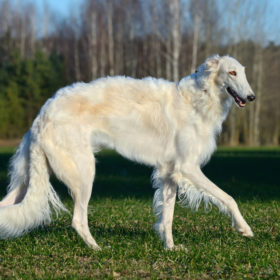 Borzoi
Borzoi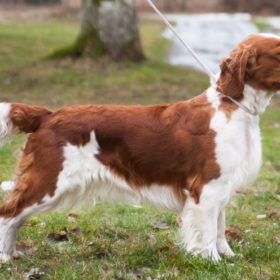 Welsh Springer Spaniel
Welsh Springer Spaniel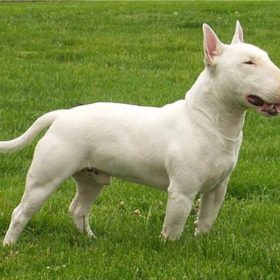 Bull Terrier
Bull Terrier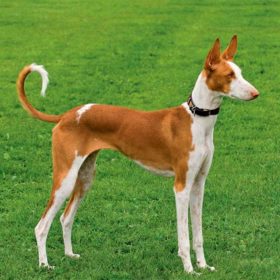 Podenco Canario
Podenco Canario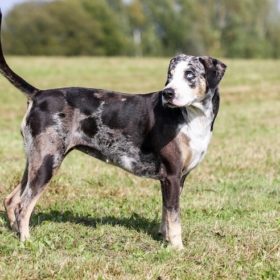 American Leopard Hound
American Leopard Hound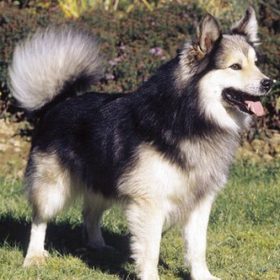 Icelandic Sheepdog
Icelandic Sheepdog